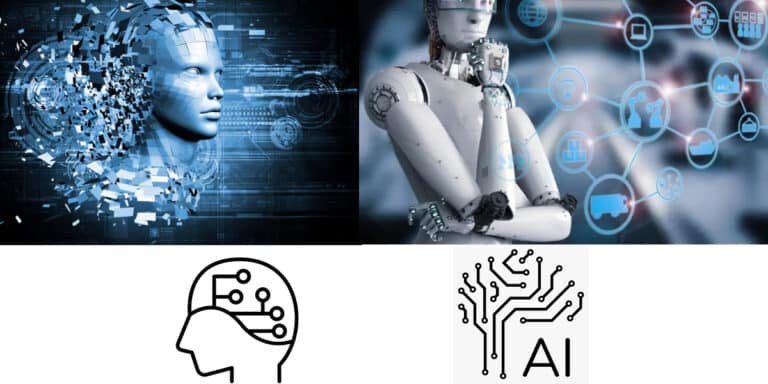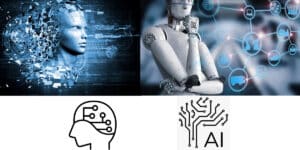For some years, Artificial Intelligence (AI) has been a buzzword in the business. It is poised to alter how our children and grandchildren will function. It is influencing both our present and our future. AI has been successful in infiltrating our daily life without our knowledge. The majority of people throughout the world cannot sleep without their cell phones. You never again need to set an alert to awaken. Simply ask your virtual assistant, such as Google, to do it for you and repeat as directed.
There are several examples of AI that you are already utilizing through your smartphone or another smart device. Furthermore, Artificial intelligence tools are already significantly influencing how companies perform business worldwide. Human beings cannot compete with the speed and efficiency of ongoing activities. Without a doubt, replicating human emotions and incredibility in a machine is impossible.
What will you see here?
What is Artificial Intelligence (AI)?

Man-made brainpower (AI) is a discipline of software engineering that means copying or impersonating the human mind in a machine so robots might achieve exercises that regularly require human knowledge. Planning, learning, reasoning, problem-solving, and decision-making are all programmable aspects of AI systems.
Algorithms fuel artificial intelligence systems, employing machine learning, deep learning, and rules. Machine learning methods supply computer data to AI systems, which then learn using statistical methodologies. AI enables AI frameworks to improve at tasks without continually demonstrating.
If you’re new to artificial intelligence, you’re probably most familiar with science fiction depictions of artificial intelligence; robots with human-like traits. While we are not yet at the human-like robot level of AI, scientists, researchers, and engineers are achieving remarkable things with AI.
Types of Artificial Intelligence based on capabilities
Man-made intelligence advancements are characterized by their capacity to repeat human characteristics, the innovation used to make such certifiable applications, and the brain hypothesis, which we’ll go over in more detail underneath.
Using these criteria, all artificial intelligence systems, real and imaginary, fall into one of three categories:
1. ANI or Artificial Narrow Intelligence
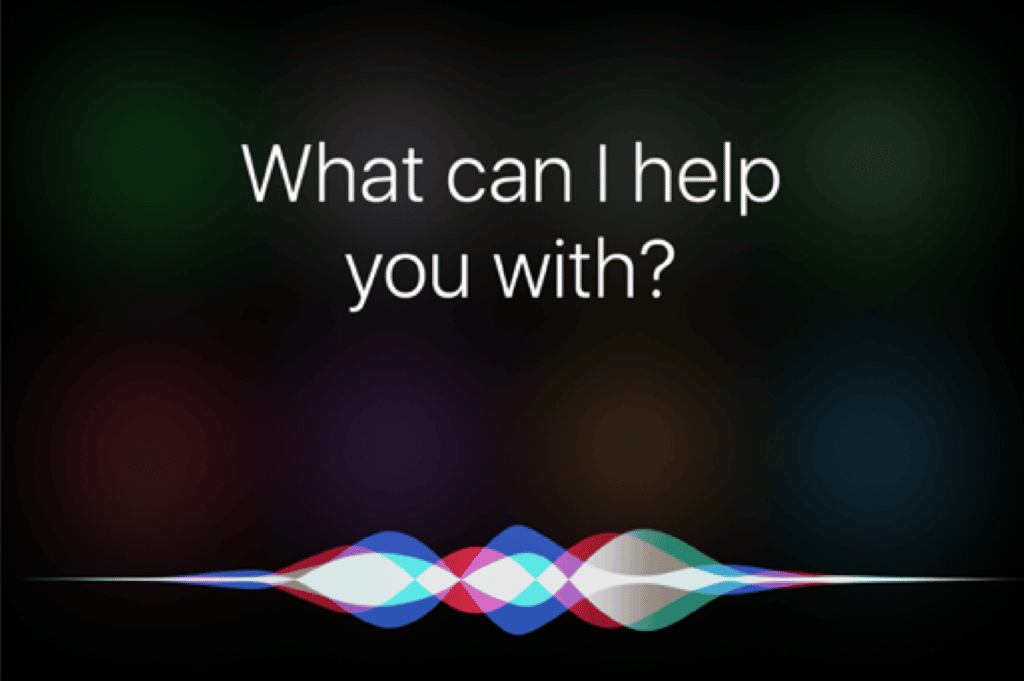
- Narrow AI is a kind of AI that can do a specific errand wisely. Thin AI is the most continuous and available AI in the space of Artificial Intelligence.
- Narrow AI can’t perform outside its field or requirements since it has just been taught for a solitary reason. Therefore, it is, in many cases, known as powerless AI. Assuming tight AI is pushed past its limits, it could flop unexpectedly.
- Apple Siri is an incredible illustration of Narrow AI, be that as it may, it just plays out a limited arrangement of pre-characterized capabilities.
- Narrow AI additionally incorporates IBM’s Watson supercomputer, which utilizes an Expert framework strategy blended in with Machine learning and normal language handling.
- Narrow AI examples include chess, e-commerce purchase suggestions, self-driving cars, speech recognition, and picture recognition.
2. AGI or Artificial General Intelligence
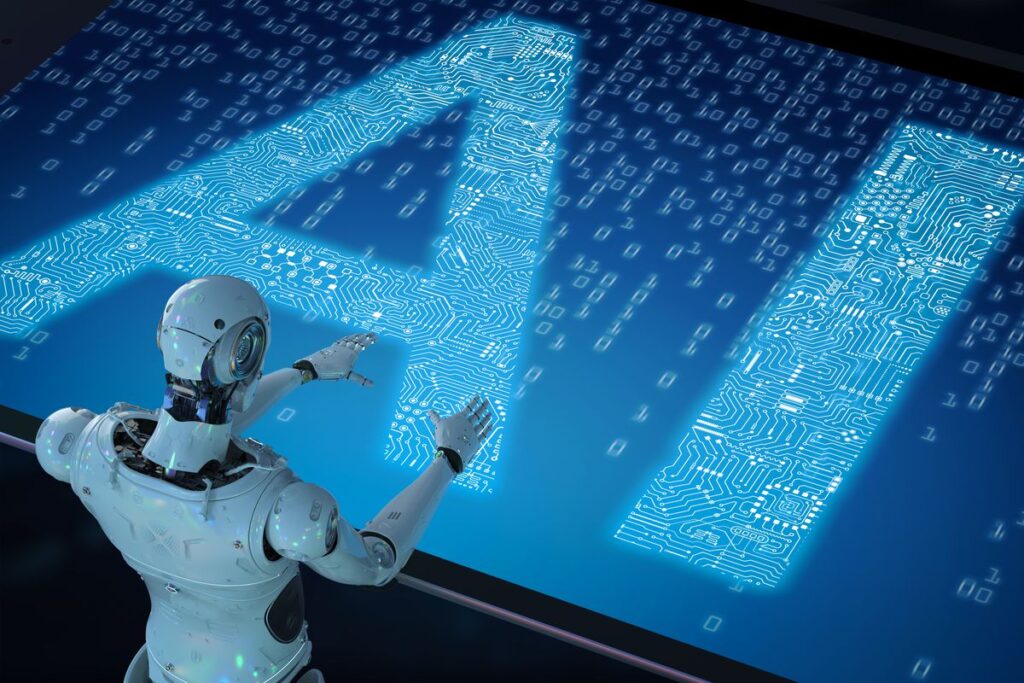
- General AI is a kind of insight that can execute any learned work personally.
- The overall AI idea is to make a framework that can be more intelligent and take on a similar mindset as an individual all alone.
- There is presently no such framework that falls under broad AI and can execute any work as well as a human.
- Worldwide specialists are progressively focusing on developing robots with General AI.
- As nonexclusive AI frameworks are still being investigated, building such frameworks will require colossal work and time.
3. ASI or Artificial Super Intelligence
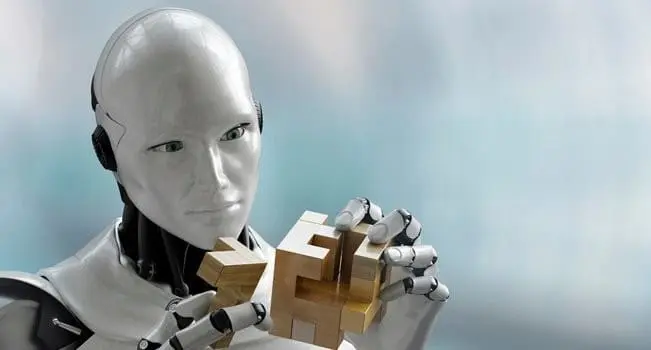
- Super AI is a degree of system intelligence at which machines may outperform humans in any task that requires cognitive abilities. It is the result of generic AI.
- Some significant properties of powerful AI include the capacity to think, reason, solve puzzles, make decisions, plan, learn, and communicate independently.
- Super AI is still a speculative Artificial Intelligence notion. Real-world development of such systems is still a world-changing challenge.
Types of Artificial Intelligence based on functionalities
AI technologies are categorized based on their functionalities to imitate human attributes, the technology utilized, real-world applications, and the theory of mind, which will be discussed more below.
Using these criteria, all existing and imagined artificial intelligence systems fit into one of four categories:
4. Reactive Machines
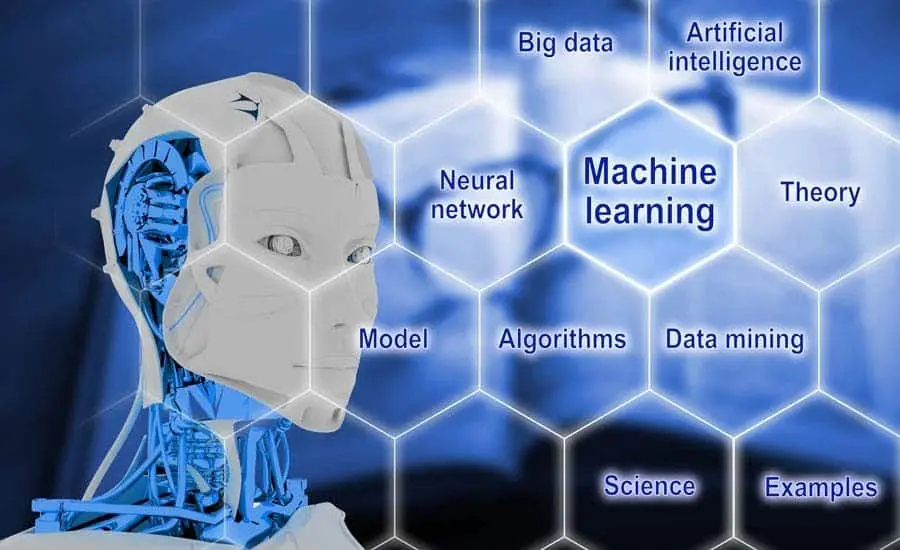
- The most fundamental sorts of Artificial Intelligence are unadulterated receptive robots.
- Such AI frameworks don’t hold recollections of past encounters for some time later.
- These machines simply center around current conditions and respond in the ideal way doable.
- The Deep Blue framework from IBM is an illustration of a receptive machine.
- AlphaGo, created by Google, is one more illustration of a receptive machine.
5. Limited Memory

- Machines with limited memory can preserve previous experiences or data for a limited time.
- These gadgets can use to put away information for a brief time frame.
- One of the best examples of Limited Memory frameworks is self-driving vehicles. These vehicles might hold the latest speed of adjoining vehicles, the distance between vehicles as far as possible, and other data to assist them with arranging the street.
6. Theory of Mind
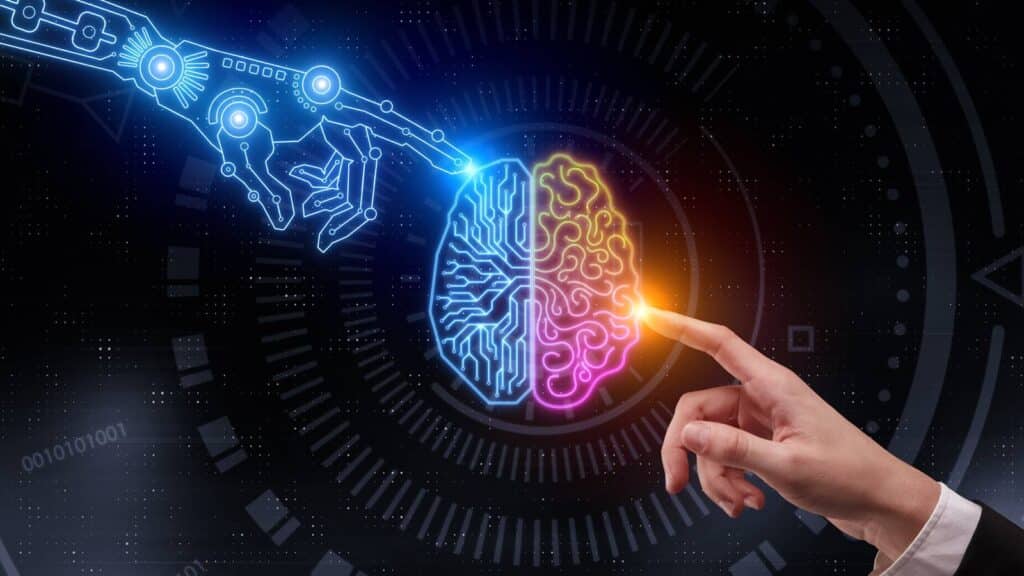
- Mind-Body Theory AI ought to have the option to get a handle on human feelings, individuals, and perspectives and discuss them socially with people.
- This type of AI PC presently can’t seem to be built. However, analysts are striving to help their odds of coming out on top.
7. Awareness of Oneself
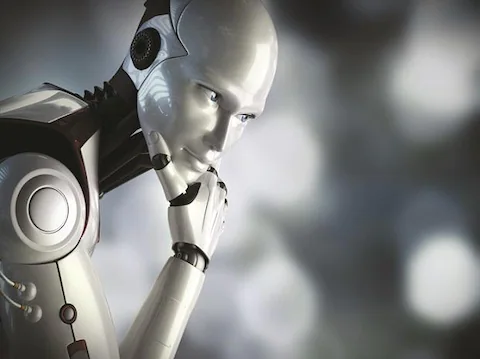
- Computer-based intelligence with mindfulness is the method representing things to come. These machines will be brilliant with their brain, sentiments, and mindfulness.
- These machines will be more astute than human understanding.
- There is no such thing as mindfulness Ai truly is just a hypothetical thought.
How will artificial intelligence impact the future?
Simulated intelligence calculations will permit specialists and clinics to more readily assess information and customize well-being treatment to every patient’s qualities, environmental elements, and way of life. AI will drive the customized health revolution, from identifying brain tumors to determining which cancer treatment is best for an individual.
What are the forthcoming AI trends?
The impact of AI developments on organizations and their efforts to convert into digital enterprises.
Models of Large Languages
Natural Language Processing (NLP).
Artificial Intelligence Generative.
Learning through Reinforcement
Multimodal Instruction.
Machine Learning Bias Removal
Conclusion
Assuming you set out to find a deeper, hidden meaning, you will find that there are no limits to how far AI might go. It has already begun to influence our lives without our knowledge. AI is your cup of tea if you are tech-savvy and enjoy sci-fi movies.
To begin a fulfilling career in artificial intelligence, you must enroll in an online training course and obtain certification. You may undoubtedly advance your job after being qualified.
Read More
- Best free AI courses- Take your career to the next level!
- Best IT certification courses- Build your career now!
- StreetScore scores a street view based on how safe it looks to a human
- Best AI writer to create the best and most impressive content!
- Huawei Mate 20 – A Feature-rich phone with a Dewdrop display!


